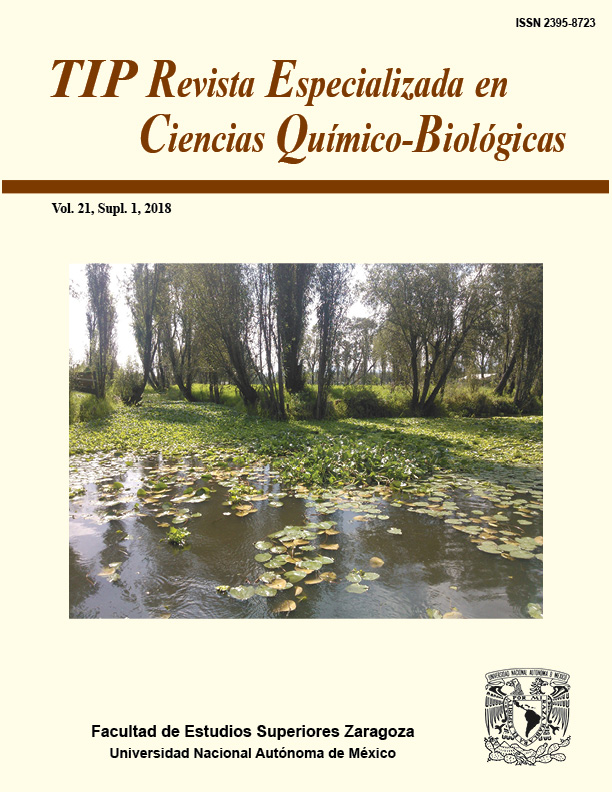Abstract
Automated molecular docking aims at predicting the possible interactions between two molecules. This method has proven useful in medicinal chemistry and drug discovery providing atomistic insights into molecular recognition. Over the last 20 years methods for molecular docking have been improved, yielding accurate results on pose prediction. Nonetheless, several aspects of molecular docking need revision due to changes in the paradigm of drug discovery. In the present article, we review the principles, techniques, and algorithms for docking with emphasis on protein-ligand docking for drug discovery. We also discuss current approaches to address major challenges of docking.
TIP Magazine Specialized in Chemical-Biological Sciences, distributed under Creative Commons License: Attribution + Noncommercial + NoDerivatives 4.0 International.







